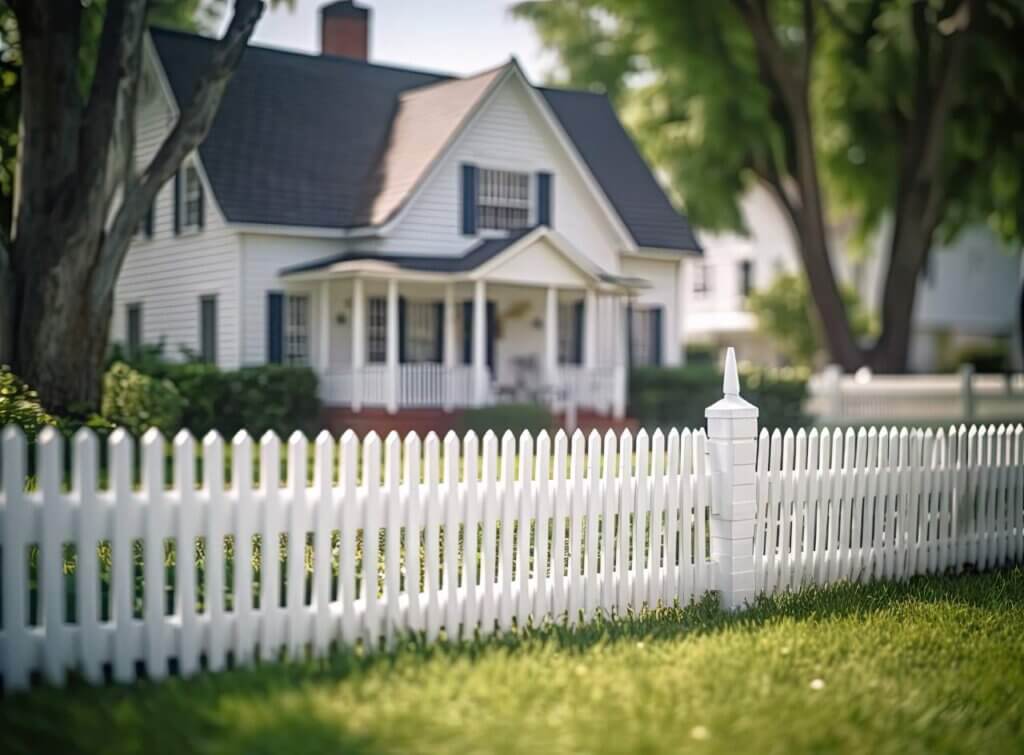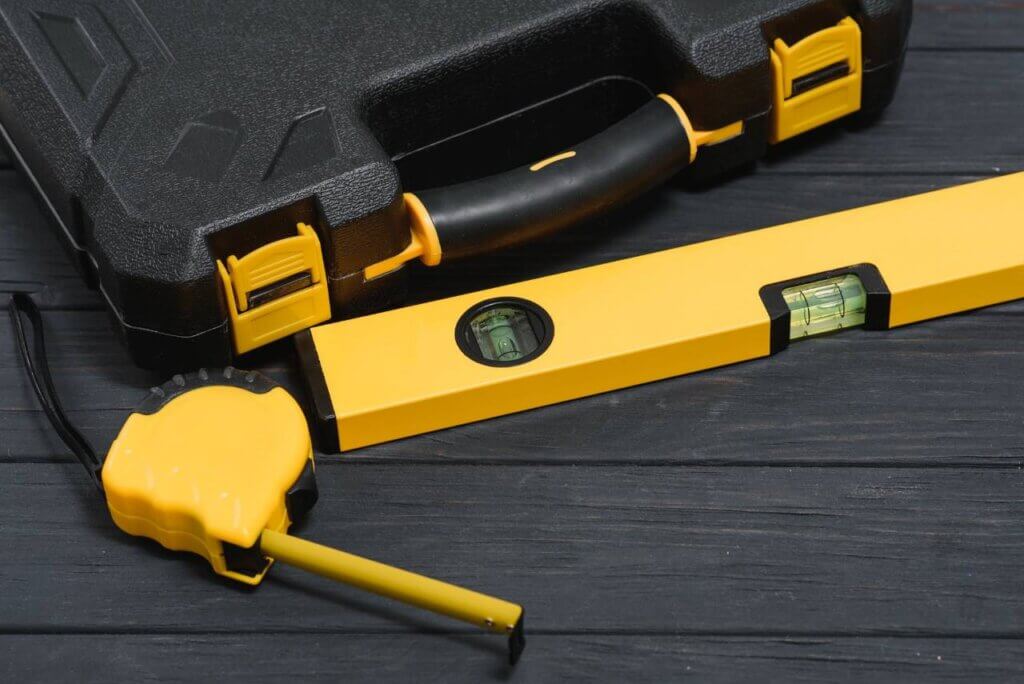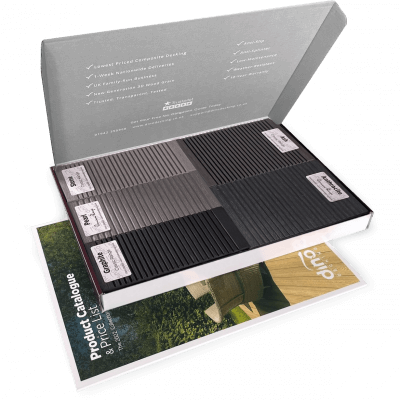5 Composite Decking Lighting Ideas
Our composite decking looks great in any setting, but you can really make your outdoor spaces shine with our decking
Products in Stock
Lowest Prices
Express Delivery
10-Year Warranty
Bank Holiday Weekend Sale. Up To 15% Off.

Vinyl fencing has become a popular choice for homeowners due to its durability, low-maintenance requirements, and aesthetic appeal. But, let’s face it, even the most resilient materials can succumb to wear and tear over time.
Whether it’s a small crack, a dislodged section, or a more significant structural issue, timely repairs are essential to preserve the integrity and appearance of your vinyl fence. Let’s explore some common problems with vinyl fences and a step-by-step guide to fixing them, empowering you to take matters into your own hands and keep your property looking its best.
Before you dive into the repair process, it’s important to first properly assess the extent of the damage and identify the underlying cause, as this will help you determine the best course of action while also making sure the repairs are effective and long-lasting.
Start by carefully inspecting your fence for any visible signs of damage. Look out for cracks, holes, discolouration, warping, or any sections that appear loose or misaligned. Pay close attention to areas exposed to high winds or heavy impact, as these are more susceptible to damage.
Check the overall stability of your fence – give it a gentle shake to see if there’s any significant movement or wobbling. If you notice any instability, it could indicate a problem with the posts or the foundation, requiring more extensive repairs.
Gather your tools and materials before you start, as having everything you need on hand will streamline the repair process and make it more efficient.

Now that you’ve identified the damage and gathered your tools, let’s dive into the repair process.
For minor cracks or holes, a vinyl fence repair kit is your best friend. These kits typically include a patch material, adhesive, and applicator. Simply clean the damaged area, apply the adhesive, and press the patch firmly in place. Smooth out any excess adhesive and allow it to dry completely.
If you have a section of vinyl fence that’s severely damaged or broken, you’ll need to replace it. Carefully remove the damaged section using a screwdriver or saw. Measure the opening and cut a new piece of vinyl to size. Secure the new section in place using screws or nails, ensuring it’s level and aligned with the rest of the fence.
If the problem lies with the posts or the foundation, more extensive repairs might be necessary. If a post is loose, you might need to dig around it, reset it in concrete, and allow it to cure completely. For more complex structural issues, it’s advisable to consult a professional fencing contractor.
And if you’re looking to replace damaged sections or upgrade your fence entirely, why not consider composite fencing? It offers exceptional durability, requires minimal maintenance, and complements any home style. Browse our selection of composite fence panels for concrete posts and order your free sample today for next-day delivery across the UK.
To keep your vinyl fence looking its best for years to come, follow these simple maintenance tips.
Regular cleaning will help prevent dirt and grime buildup, which can lead to discolouration and premature wear. Simply hose down your fence periodically, or use a mild soap and water solution for tougher stains.
Inspect your fence at least twice a year, preferably in the spring and autumn months. Look for any signs of damage, loose fasteners, or other potential problems, and address these issues early on to prevent them from escalating and requiring more extensive repairs. And if you’re unsure about how to properly maintain your fence, our comprehensive fence maintenance guide can provide valuable insights and tips.
Vinyl fences can be an investment in your property’s aesthetic appeal and privacy, and while they do require minimal upkeep, addressing repairs promptly is essential to ensure their longevity and maintain their pristine appearance.
And if you’re looking for a fencing solution that offers even greater durability and resistance to the elements, consider exploring composite fencing; composite fencing provides exceptional durability and require virtually no maintenance, freeing up your time to enjoy your outdoor space to the fullest.

Our sample pack contains a sample piece of each colour currently available. Order your free sample pack today to compare the colours and get a true feeling of the Dino Decking range!
Our composite decking looks great in any setting, but you can really make your outdoor spaces shine with our decking
If the idea of having rats under your decking makes you shiver, don’t worry. We’ll let you know the signs
Business hours
Monday: 09:00 – 17:30
Tuesday: 09:00 – 17:30
Wednesday: 09:00 – 17:30
Thursday: 09:00 – 17:30
Friday: 09:00 – 17:30
Saturday: Closed
Sunday: Closed
Contact us
01942 355968
support@dino.co.uk
Collection Address: Unit 1 Wetheral Close Hindley Ind Estate Wigan Greater Manchester North West WN2 4HS
Pages
Products
Testing
Copyright 2025 Dino Decking Ltd All Rights Reserved.
VAT Number: GB296097848.
Company Number: 10837233.